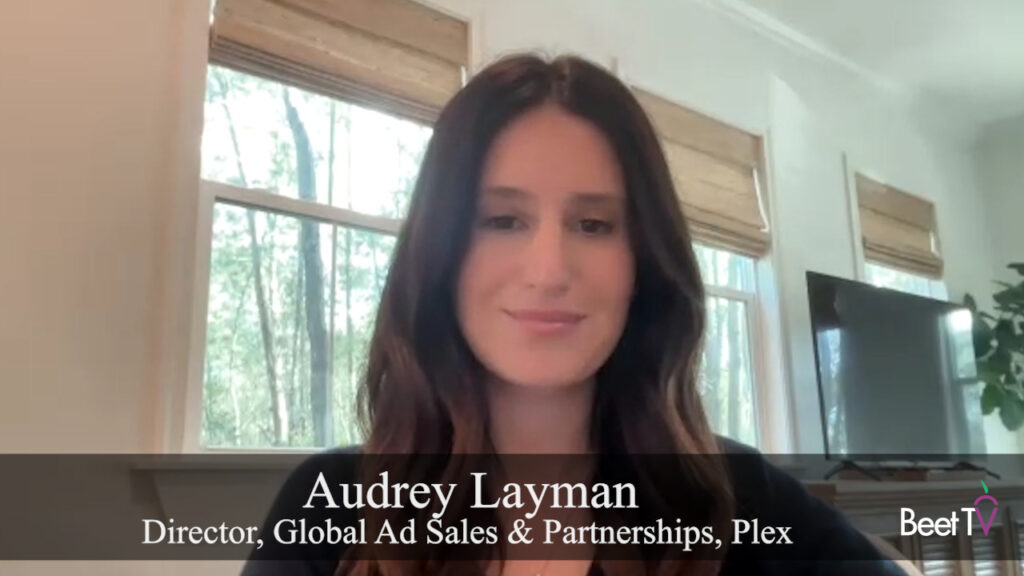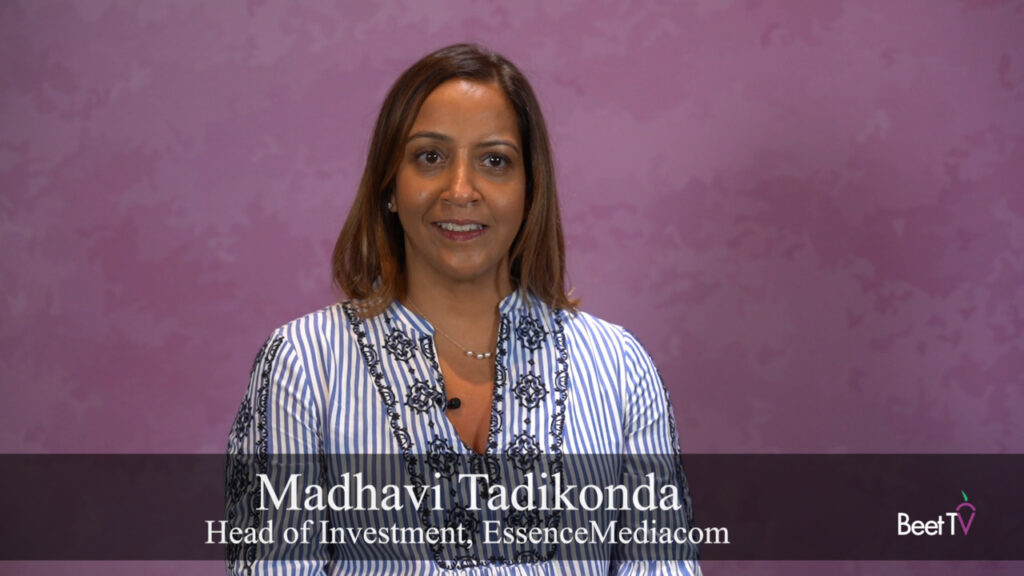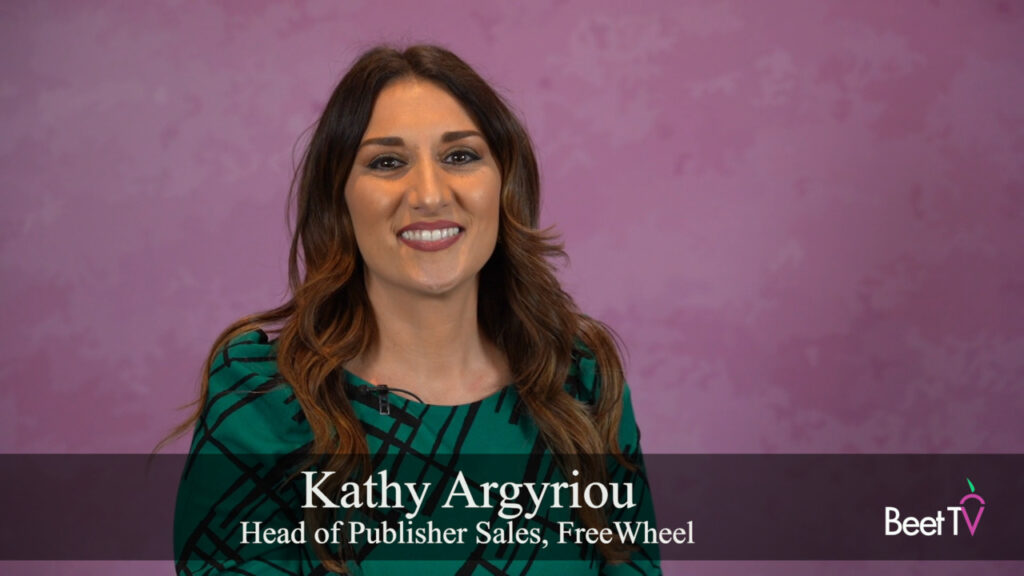Premium video provider FreeWheel believes that guaranteed, programmatic transactions on a one-to-one basis between publishers and buyers represent the future of both video and linear television. The programmatic guaranteed world is the “next generation of programmatic transactions for premium publishers because this guarantees a safe transaction for both the seller and the buyer and it also gives control back to the publisher,” says Hervé Brunet, GM, Markets at FreeWheel.
In this interview with Beet.TV during the TV UpFront market, Brunet addresses the importance of both a unified platform for video and TV inventory and one decisioning engine for header bidding to handle both programmatic and direct-sold transactions.
In one-to-one, guaranteed programmatic selling buyer and seller agrees on things like terms, pricing, flight dates, inventory and audience type. “The seller would actually bundle the inventory and guarantee it to the buyer and the terms would be agreed upon, which is very important in an UpFront setup,” says Brunet.
It also creates a bridge between digital video and programmatic or linear TV. “We think the programmatic guaranteed world will be the way to transact both digital and TV,” he adds.
FreeWheel has committed to creating a unified stack, “which is really the future for the industry. This is what the sellers want but it’s also what the buyers want eventually.”
On the subject of header bidding, Brunet points out the reality that despite being a “red hot topic,” the technique was created for desktop and display. It’s not designed for video, mobile screens, OTT and non-IP environments like set-top boxes.
“Plus it introduces delay in the transaction so it basically ruins the user experience,” Brunet says.
Moreover, having direct handled by an ad server and programmatic by header bidding “basically defeats the purpose of holistic competition across the board between direct sold and programmatic,” he adds.
FreeWheel’s unified decisioning engine bridges this gap so that direct-sold campaigns compete with programmatic campaigns across all screens.
To underscore the depth of digital advertising fraud, Brunet cites the discovery by Internet security firm White Ops of a $1 billion-plus Russian hacking operation called Methbot in which bots posed as humans watching online videos. At the time, FreeWheel conducted a study and found that 99.999% of its traffic did not match the IP addresses that White Ops had listed, “which means our publishers are inherently clean,” he says.
In a related study as part of the FreeWheel Video Monetization Report, FreeWheel determined that on average its viewability metrics were 15 percentage points above those of random publishers.
Looking beyond the desktop, where the need for viewability first became a concern, Brunet stresses there’s a bigger story to be addressed.
“Viewability needs to address all devices,” he says. “Video includes OTT, mobile, set-top, VOD and eventually linear TV. Those devices need to be taken into account as well in the future.”
This segment is part of a series leading up to the 2017 TV Upfront. It is presented by FreeWheel. To find more videos from the series, please visit this page.


























